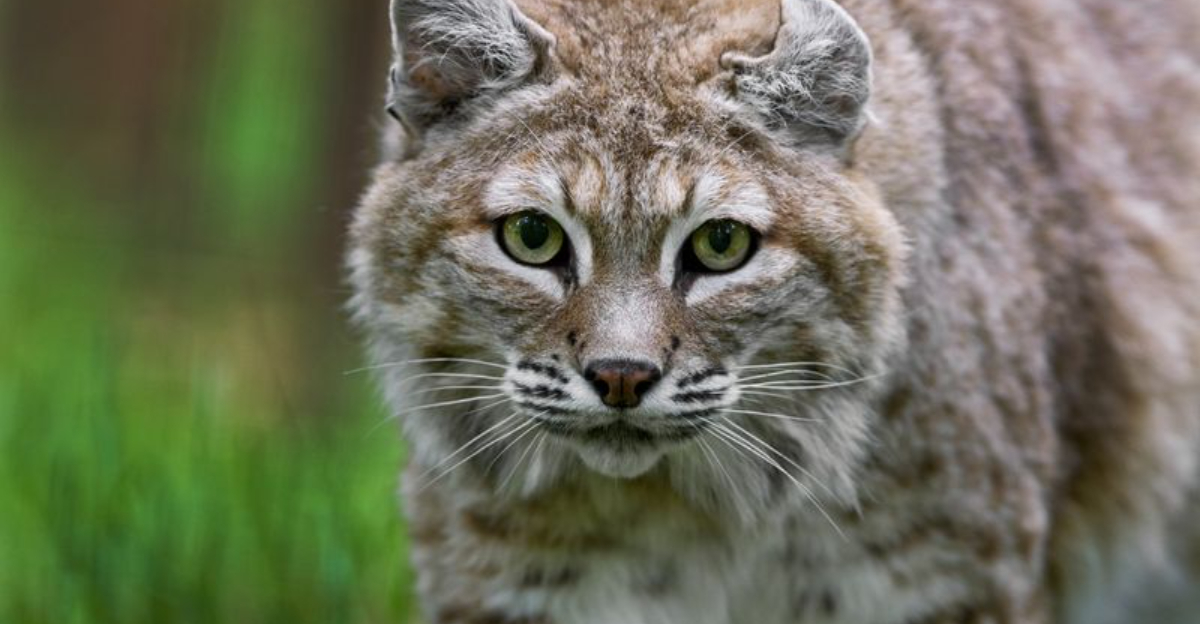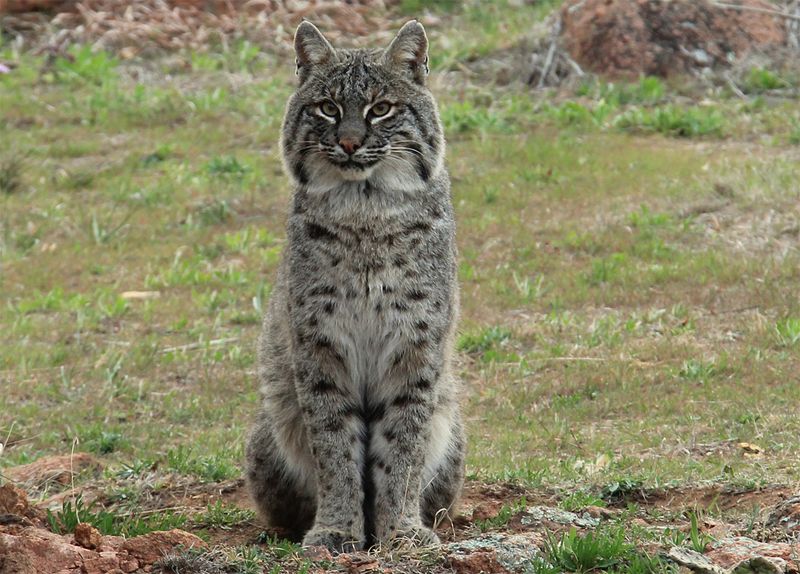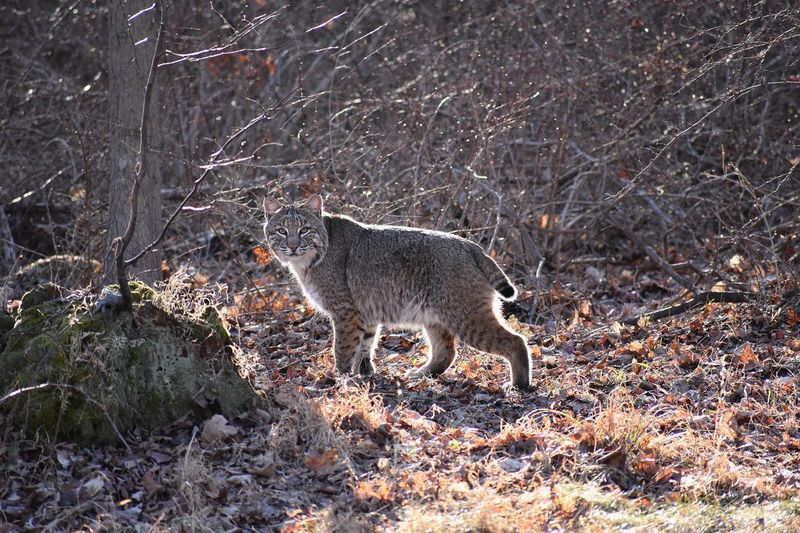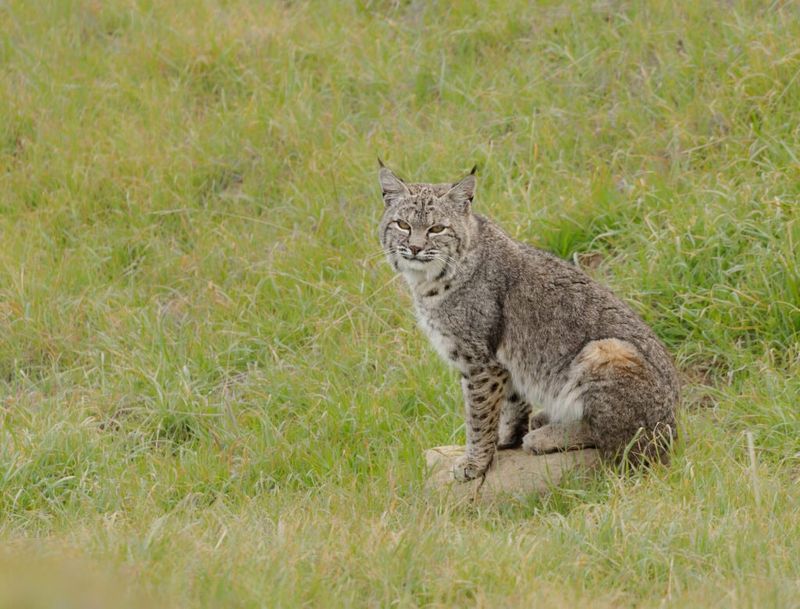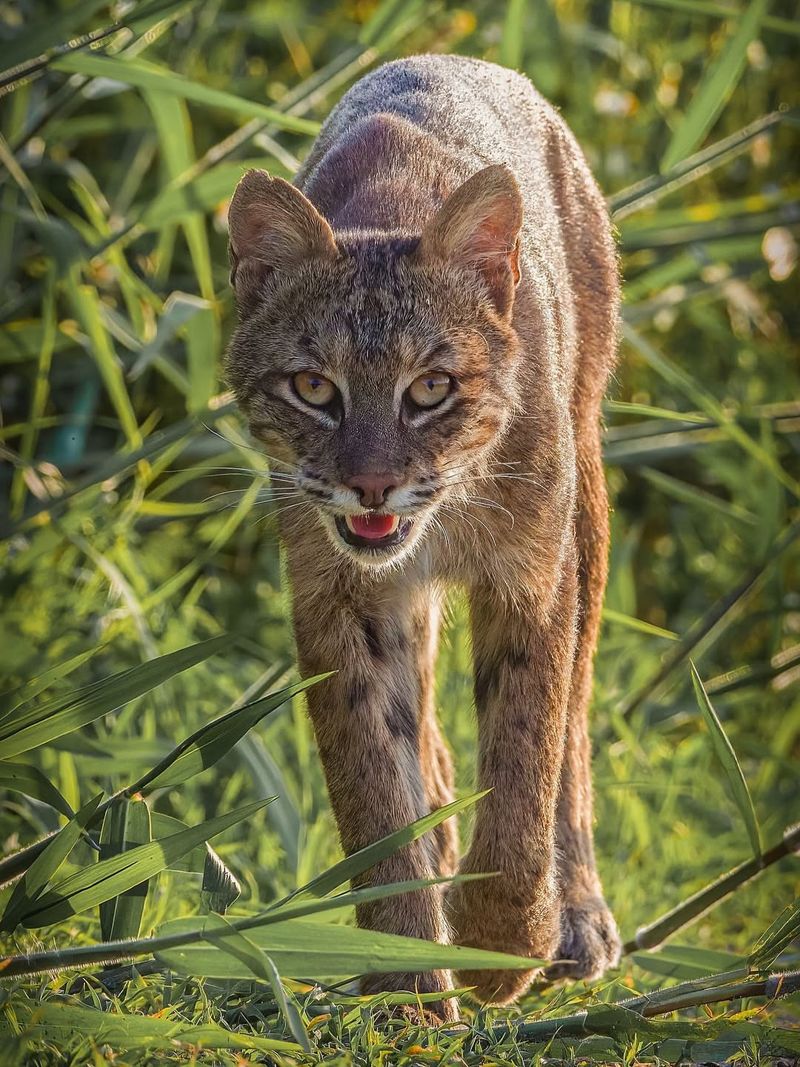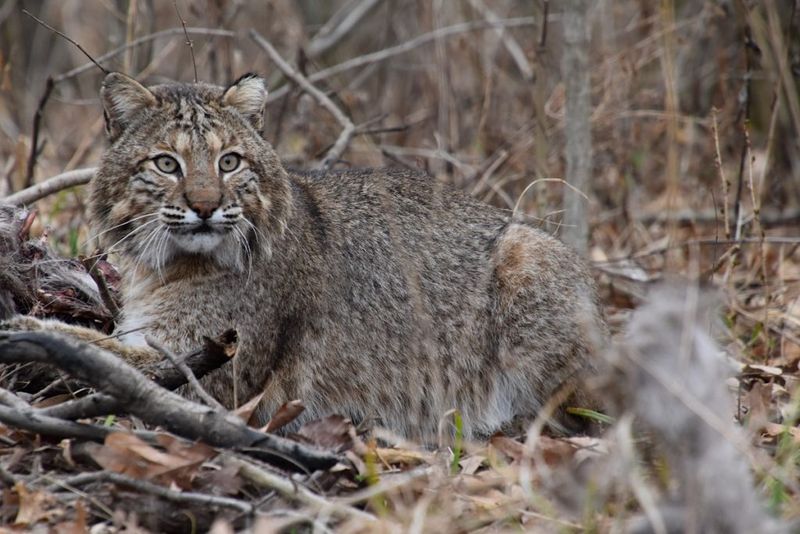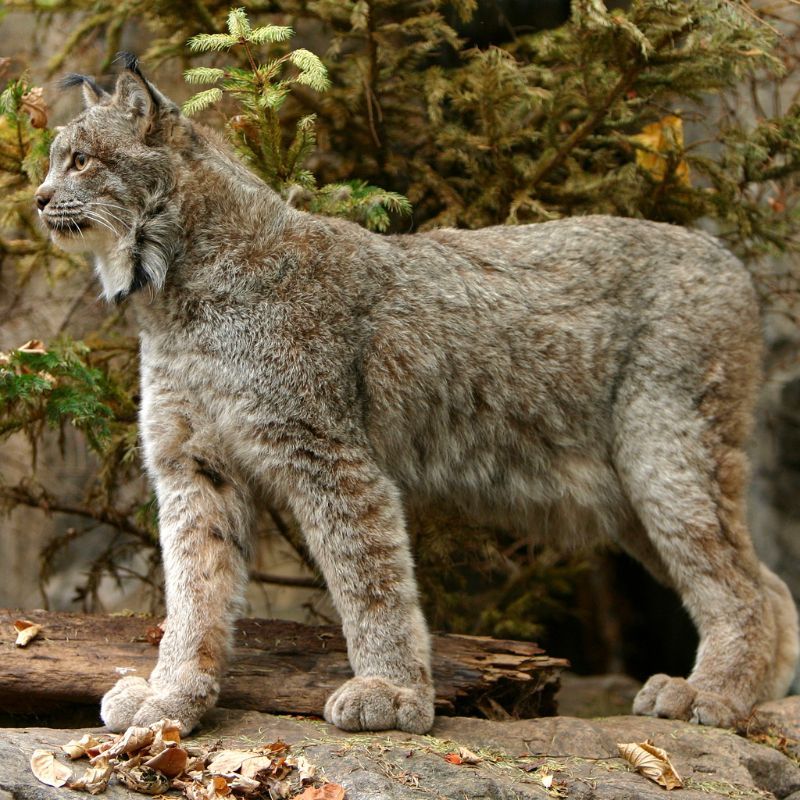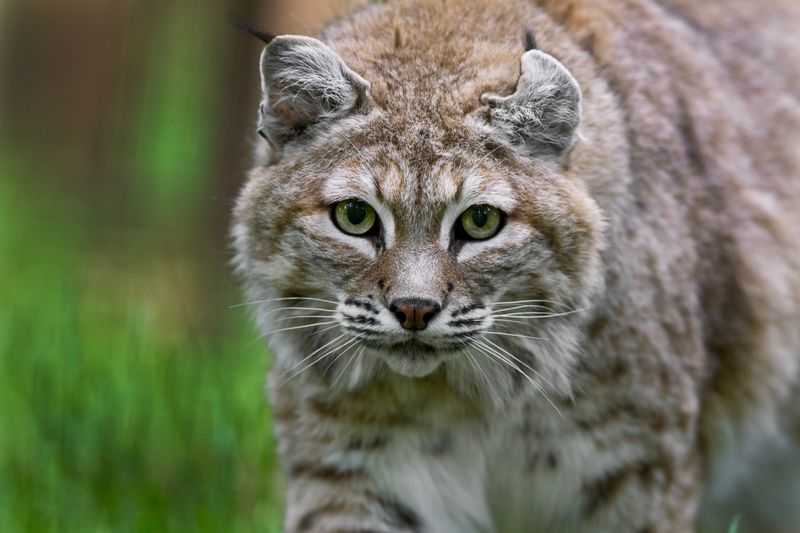📖 Table of Content:
Bobcats (Lynx rufus) are more than just elusive wildcats found across North America; they are critical actors in maintaining the health of ecosystems. As apex predators, bobcats help regulate populations of various species, thereby promoting biodiversity and reducing the spread of zoonotic diseases. This article delves into the multifaceted roles bobcats play in ecosystems and why their conservation is essential for maintaining ecological balance. From disease control to economic benefits, these felines contribute significantly to our natural world. Discover the hidden roles bobcats play and the importance of preserving their habitats.
1. Disease Control and Biodiversity
In the quiet forest, a bobcat stalks its prey. By controlling rodent populations, they help limit the spread of zoonotic diseases like Lyme disease. This crucial role exemplifies the ‘dilution effect,’ where diverse predators reduce disease prevalence within ecosystems. Bobcats act as nature’s checks and balances, ensuring biodiversity thrives. Their predation lowers the number of hosts available for disease-carrying ticks, hence reducing risk to humans and other animals. This natural regulation underscores the significance of predators in maintaining ecosystem health and stability, providing a safer environment for all species.
2. Regulation of Invasive Species
Amidst the gentle sway of wetland grasses, a bobcat spots its target. By preying on invasive nutria, bobcats protect sensitive ecosystems. This natural regulation aids in preserving biodiversity, allowing native species to flourish. The presence of such predators helps control populations that threaten ecological balance. Bobcats’ dynamic role extends beyond mere survival; they become guardians of their habitats. Their interaction with invasive species showcases the intricate web of life, where each creature plays a part in sustaining the environment’s equilibrium. This highlights the importance of maintaining predator presence in ecosystems.
3. Economic and Ecological Value
In fields where crops sway under the sun, bobcats stand as silent custodians. Their presence is a boon for agriculture, curbing rodent populations that damage crops. This ecological service reduces the need for chemical pesticides, providing economic benefits and protecting the environment. The balance they maintain supports healthier agricultural practices and sustainability. These natural predators contribute to a thriving ecosystem that also benefits human endeavors. Bobcats’ role in agriculture highlights the symbiotic relationship between wildlife and human industry, where both can flourish when ecological balances are respected and preserved.
4. Conservation Efforts
A lone bobcat navigates a treacherous road, a symbol of challenges these creatures face. Conservation efforts focus on habitat preservation and creating safe passages like wildlife crossings. These measures are crucial to mitigate threats from vehicle collisions and habitat fragmentation. Protecting bobcats ensures the continuation of their essential ecological roles. Active conservation not only aids in their survival but also supports the ecosystems they inhabit. Collaborative efforts between communities and conservationists pave the way for harmonious coexistence, underscoring the need to prioritize wildlife protection to maintain ecosystem integrity.
5. Predator-Prey Dynamics
In the dance of survival, the bobcat plays a pivotal role in predator-prey dynamics. By preying on deer and other animals, they help keep populations in check, preventing overgrazing and supporting vegetative growth. This balance promotes a diverse and healthy forest ecosystem. Bobcats ensure that no single species dominates, fostering an environment where various organisms can thrive. The predator-prey relationship is a cornerstone of ecological stability, highlighting the importance of maintaining natural predators in ecosystems. This delicate balance is crucial for sustaining biodiversity and ecological health.
6. Cultural Significance
Throughout history, bobcats have held cultural significance, especially among Native American tribes. Seen as symbols of strength and stealth, they feature prominently in folklore and art. This reverence underscores the deep connections humans have with wildlife. Bobcats inspire myths that reflect their elusive nature and survival skills. Their presence in culture highlights the interwoven relationships between humans and the natural world. Understanding this cultural aspect enriches our perception of bobcats beyond biological roles. These narratives remind us of the harmonious existence possible between humans and wildlife, emphasizing respect and coexistence.
7. Adapting to Urban Environments
Amidst the urban jungle, bobcats showcase remarkable adaptability. As humans encroach on natural habitats, these felines learn to navigate cityscapes. Urban parks and green spaces become their new hunting grounds, demonstrating their resilience in face of change. Bobcats’ ability to adapt highlights the need for wildlife-friendly urban planning. Their presence in cities encourages biodiversity even in developed areas. This adaptability underscores the importance of integrating natural habitats within urban environments, promoting coexistence. By observing bobcats, we gain insights into balancing urban development with ecological preservation, ensuring diverse ecosystems thrive.
